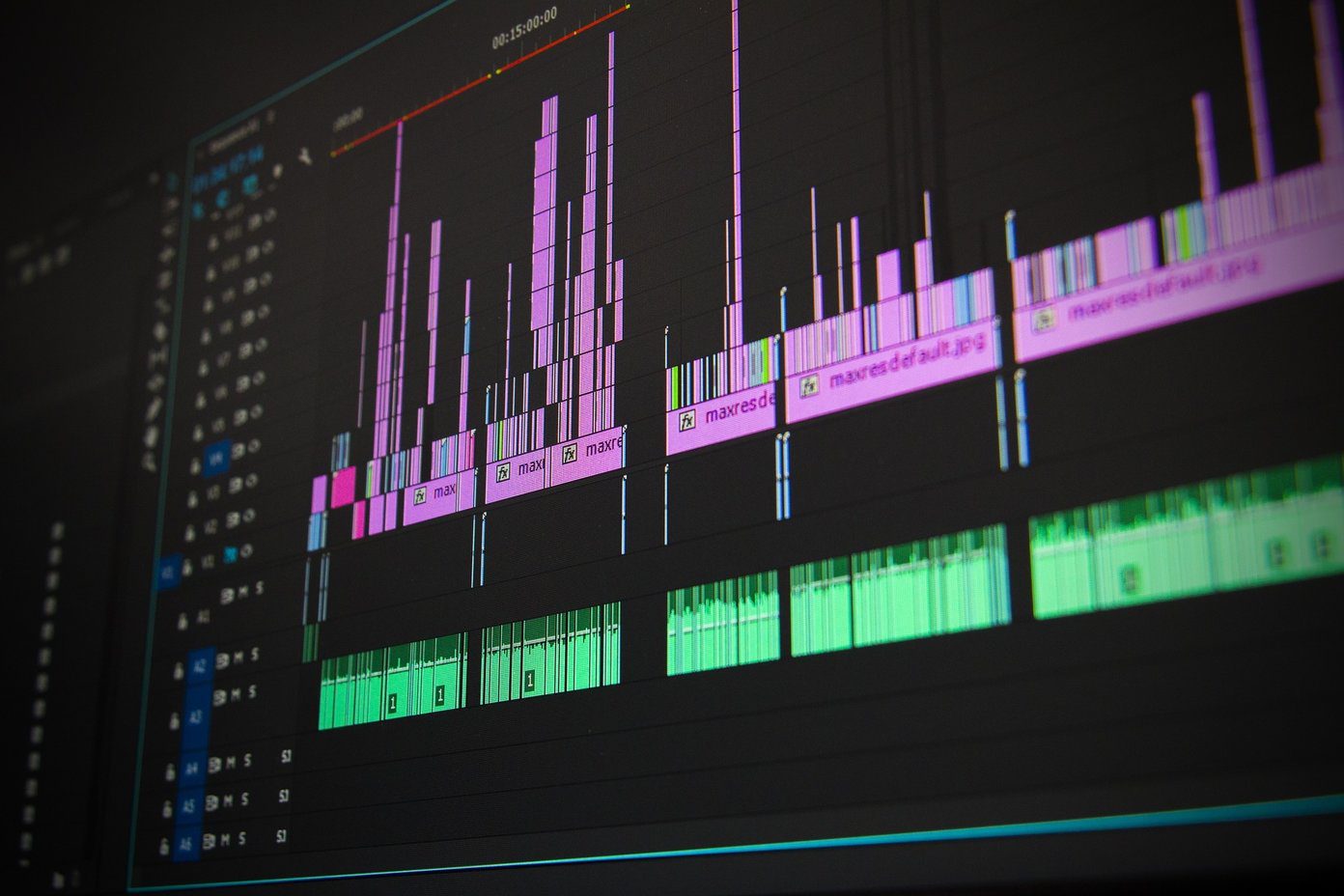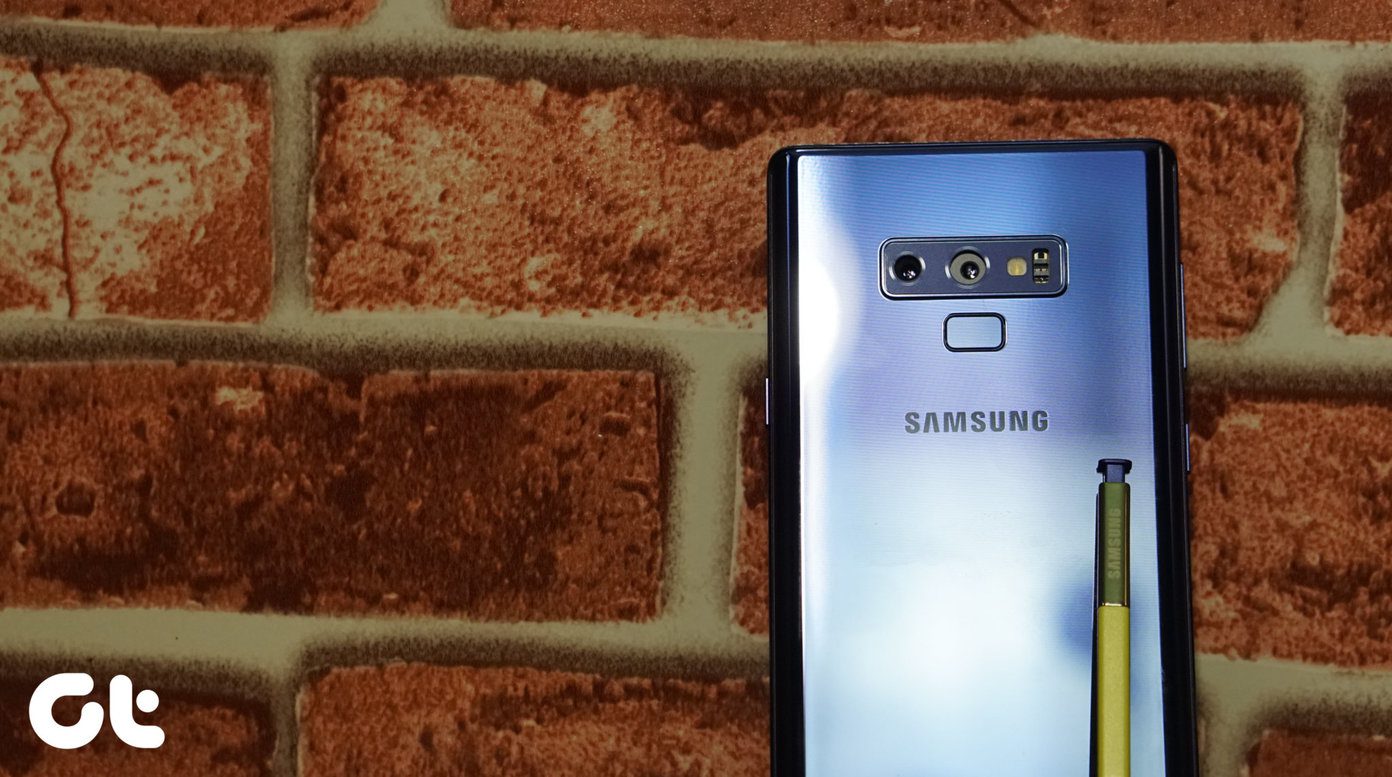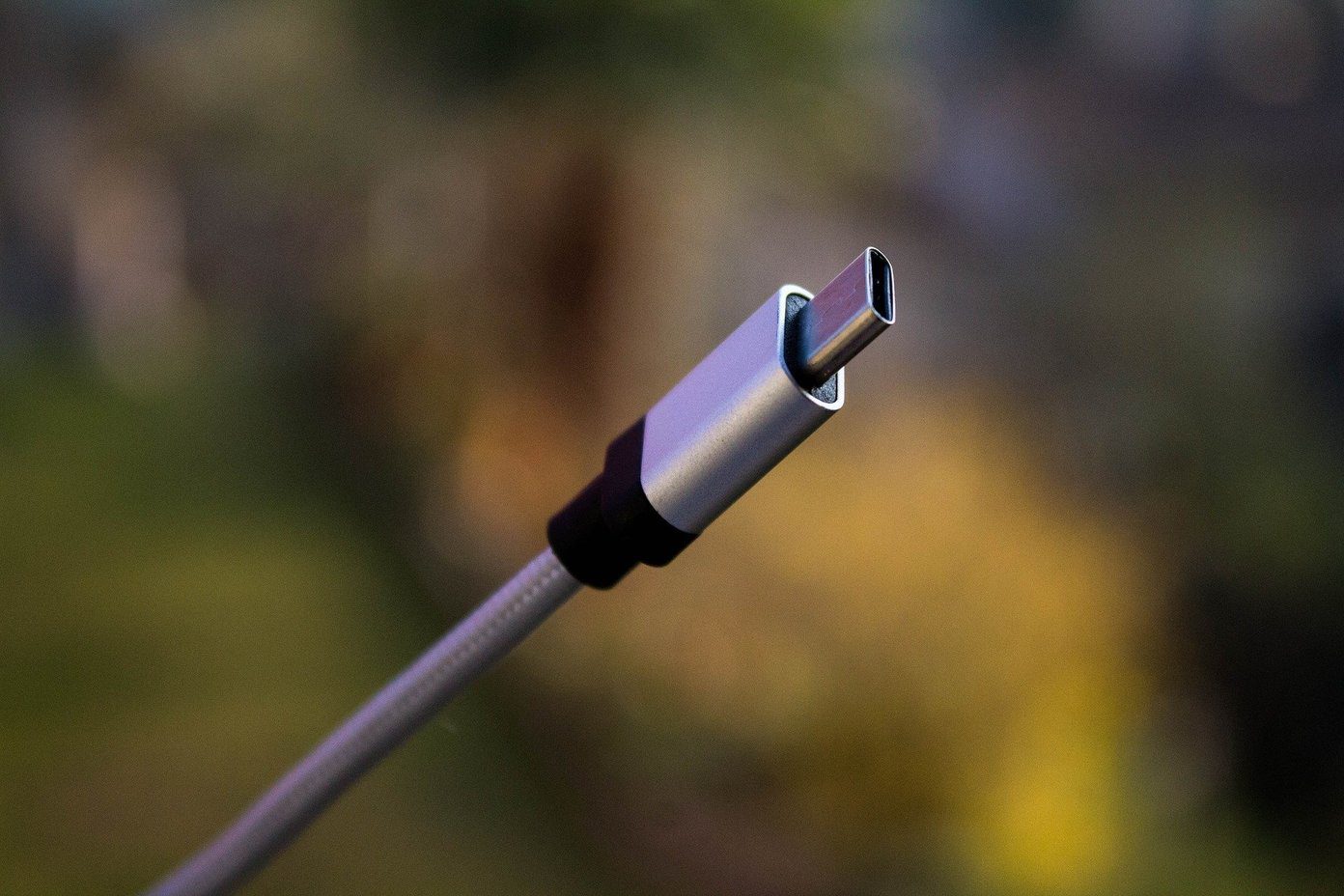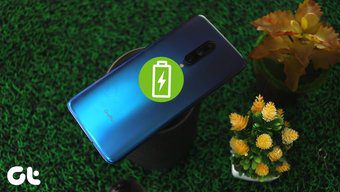So, if you’re someone who’s facing poor battery life on the new Samsung Galaxy S10 and S10 Plus, here are a few tricks to help you fix that and extend it run time. Let’s take a look.
1. Activate Night Mode
One of the first things to do is to enable the Night mode. You may already know that the entire Galaxy S10 series bundles Super AMOLED displays. Thus it only makes sense to leverage it to have longer battery life. And one of the best ways is to switch to the system-wide dark mode. Switching to the night mode will paint the entire screen black, thus saving energy in the long run. As opposed to that, the Light Mode turns a majority of the pixels on, which (you guessed it right) hogs more juice. To enable night mode, go to Settings > Display and toggle the switch for Night mode. In addition to it, you can also get one of those awesome AMOLED wallpaper apps like Darkops AMOLED Wallpapers. Plus, you can activate the dark mode on compatible apps like Twitter, Chrome, and Reddit, etc. Download Darkops AMOLED Wallpapers
2. Switch to FHD Display
The Galaxy S10/S10 Plus lets you switch between FHD+ and WQHD+ screen resolutions. Though the latter looks amazing (vibrant colors and sharper images), it’s best to switch to the FHD+ resolution for daily usage. To change it, go to the Display > Screen resolution, tap on FHD+ and hit Apply. And whenever you have to watch a movie or a TV show, you can simply crank it up to QHD+.
3. Disable Always On Display
Yes, those Always On Display (AOD) screen may look really cool, but don’t forget that it takes energy to keep running. So, if you fear that your S10/S10 Plus won’t be able to make it through the day, you can always switch it off from the Quick Settings menu. But the perfect middle ground is the Schedule feature. For example, if you don’t need the AOD screen after your work hours, you can schedule the timings accordingly. To do so, go to Lock screen > Always On Display > Display mode, and tap on the third option. Set the schedule as per your liking. Alternatively, you can go for the Tap to show option which will display the necessary options to you when you tap on the screen. After 10 seconds of inactivity, it will slip back to its usual mode.
4. Adaptive Battery
Adaptive Battery is one of the newer features in the Galaxy S10 series. This module uses machine language to learn about your phone habits and app usage. In this way, it disables any app that potentially drains the battery unnecessarily. To enable it, go to Device Care > Battery. Next, tap on Power Mode, and toggle the switch for Adaptive battery. This mode doesn’t kick on instantly. It will first learn your phone habits and depending on that the standby time will improve over time. To know how your phone has classified the apps, enable the Developer options first. To do so, go to Settings > About phone > Software information and tap on the Build Number seven times. Once enabled, search for Standby apps. By default, the phone categorizes apps into the following categories:
ActiveFrequentWorking SetRareNever
If you want to change the categories manually, tap on an app and select the one which you think will suit the app best.
5. Power Modes
While you are inside the Battery page, you may also want to check the Power modes. The Galaxy S10 comes with three modes — High performance, Medium power saving, and Maximum power saving. Generally, the settings are optimized to suit your needs. However, if you’re looking to get the most out of the battery, you can enable one of the modes. Quite naturally, you’d have to sacrifice a few functions in the process.
6. Optimize Settings
The Battery optimization of the Galaxy S10 and S10 Plus kick in automatically when you’re not using your phone. This one reduces the screen brightness, screen timeout, and the media volume automatically. To enable it, head over to Settings > Device Care> Battery, and tap on the three-dot icon at the upper-right corner. Select Settings and search for Optimize settings. Toggle the switch to enable it. Simple. At the same time, you may also want to enable ‘Put unused apps to sleep’ and Adaptive Battery.
7. Reduce Screen Timeout
Last but not least, do check the Screen timeout settings. If you’re someone who just keeps the phone aside without locking it, a small screen-on time will help you from the security and battery perspective. Generally, a 30-second screen-on time is enough. To make the changes, go to Display settings and scroll down to see the option for Screen timeout.
Hello, Longer Battery!
A phone with a somewhat poor battery life can really get on nerves. What makes the matter worse is that if you do not have a compatible charger, the Galaxy S10/S10 Plus takes its own sweet time to recharge. Also, when it comes to poor battery life, a lot depends on your screen-on time. For instance, I can barely go through the day with a screen on time around four hours. Hence, it makes sense to carry a portable power bank (like the Anker PowerCore 26800 Portable Charger) as a backup plan. Buy
Anker PowerCore 26800 Portable Charger
Next up: The Galaxy S10 Plus is a tall device. If you are finding it difficult to juggle your work with a single hand, read the following post for one-handed tips and tricks. Buy
Anker PowerCore 26800 Portable Charger
The above article may contain affiliate links which help support Guiding Tech. However, it does not affect our editorial integrity. The content remains unbiased and authentic.




























